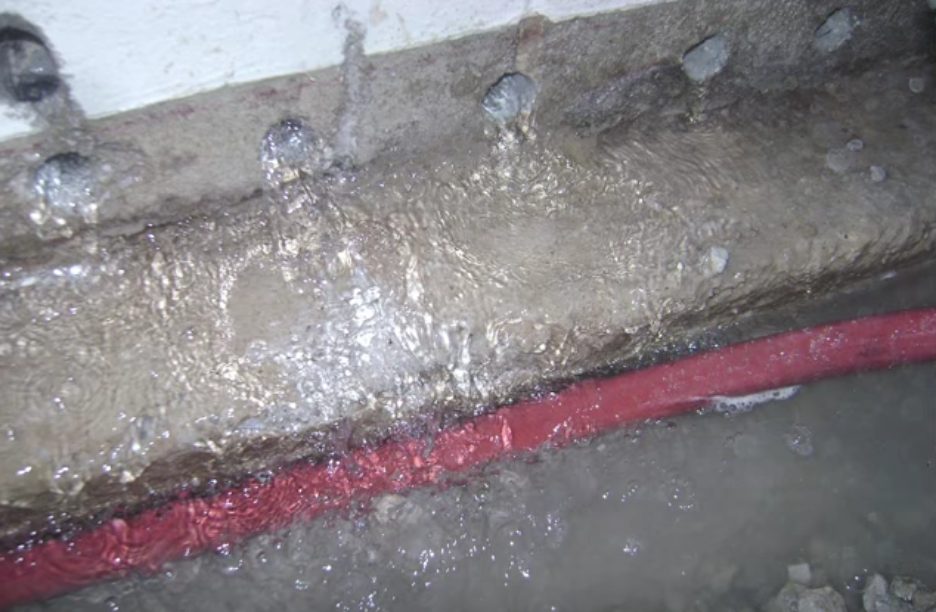A leaky basement is one of the most common and frustrating issues homeowners face. Whether it’s a small damp patch or a major flood, water intrusion can damage your property, lower your home’s value, and even pose health risks like mold growth.
The good news is that with the right knowledge and approach, leaky basement repair is manageable. By understanding the causes, solutions, and prevention strategies, you can protect your home and keep your basement dry all year round.
In this guide, we’ll walk through everything you need to know about leaky basement repair—from spotting early warning signs to choosing the best long-term solutions.
Why Basement Leaks Happen
Water doesn’t just appear in your basement without a reason. Common causes include:
- Poor drainage around your foundation – If your gutters, downspouts, or grading don’t direct water away from the home, it can seep into your basement.
- Foundation cracks – Over time, pressure from soil and water can create small cracks that allow water inside.
- Hydrostatic pressure – Heavy rain or a high water table pushes water against your foundation walls, forcing it through weak points.
- Window well leaks – Basement windows can let water in if not sealed properly.
- Plumbing leaks – Sometimes, the source isn’t outside—it’s a burst pipe or leaking fixture inside the home.
Identifying the cause is the first step toward effective repair.
Signs You Need Leaky Basement Repair
Not all leaks are obvious floods. Some warning signs include:
- Damp walls or floors – Even slight moisture can indicate a bigger problem.
- Musty odors – A telltale sign of mold or mildew growth.
- Efflorescence – White chalky residue on walls from evaporated minerals.
- Cracks in walls or floors – Structural weaknesses often lead to leaks.
- Warped wood or rust – Moisture damage on furniture, support beams, or metal fixtures.
Catching these signs early can save you thousands in repair costs.
Types of Leaky Basement Repair
1. Interior Waterproofing Solutions
Interior fixes address water that has already entered your basement.
- Sealants and coatings – Applied to walls or floors to stop minor seepage.
- Interior drains – A trench and drainage system installed along the basement perimeter.
- Sump pumps – Pump out collected water before it causes damage.
These solutions work best for smaller leaks or as temporary fixes.
2.Exterior Waterproofing Solutions
Exterior methods focus on stopping water before it enters.
- Excavation and waterproof membranes – Digging around the foundation and applying protective barriers.
- French drains – Underground pipes that redirect water away from your home.
- Proper grading – Ensuring soil slopes away from the foundation.
Though more expensive, exterior waterproofing offers long-term protection.
3.Structural Repairs
Sometimes, leaks are due to damage that requires direct repair.
- Epoxy crack injections – Fill foundation cracks with strong, waterproof materials.
- Masonry patching – Repairing damaged blocks or mortar.
- Wall reinforcement – Steel beams or carbon fiber straps for bowing walls.
These methods address the root cause of structural weaknesses.
DIY vs Professional Leaky Basement Repair
Many homeowners wonder: should I fix my basement myself or call a pro?
- DIY solutions like sealants or re-grading can help for minor moisture issues.
- Professional services are recommended if you notice flooding, widespread cracks, or recurring leaks.
A licensed contractor such as americanwi brings experience, specialized tools, and long-term guarantees that most DIY fixes can’t provide.
Health Risks of Ignoring Basement Leaks
A wet basement isn’t just inconvenient—it can be dangerous. Risks include:
- Mold growth – Causes allergies, asthma, and respiratory issues.
- Structural damage – Weakens foundation walls and floors.
- Electrical hazards – Water near wiring can spark fires.
- Pest infestations – Damp environments attract insects and rodents.
Addressing leaks quickly protects both your home and your family’s health.
Prevention Tips: Keep Your Basement Dry
Even after repairs, prevention is key. Simple habits include:
- Clean gutters and downspouts regularly to avoid overflow.
- Extend downspouts 6–10 feet from the house to redirect water.
- Check grading around your home yearly to ensure water flows away.
- Inspect foundation cracks annually and seal promptly.
- Install a dehumidifier to control indoor moisture levels.
Preventive maintenance costs little compared to major water damage repairs.
Conclusion
A leaky basement is more than an inconvenience—it’s a red flag for potential structural damage, health hazards, and costly repairs. By recognizing the signs early, choosing the right repair method, and investing in long-term waterproofing, you can protect your home and your family.
Whether you go the DIY route for small fixes or hire a professional for larger repairs, taking action is essential. Remember: prevention and routine maintenance are your best defenses against future leaks.
If you suspect or notice basement leaks call for such types of repairs. The sooner you act, the easier—and cheaper—the fix will be.


Recent Comments